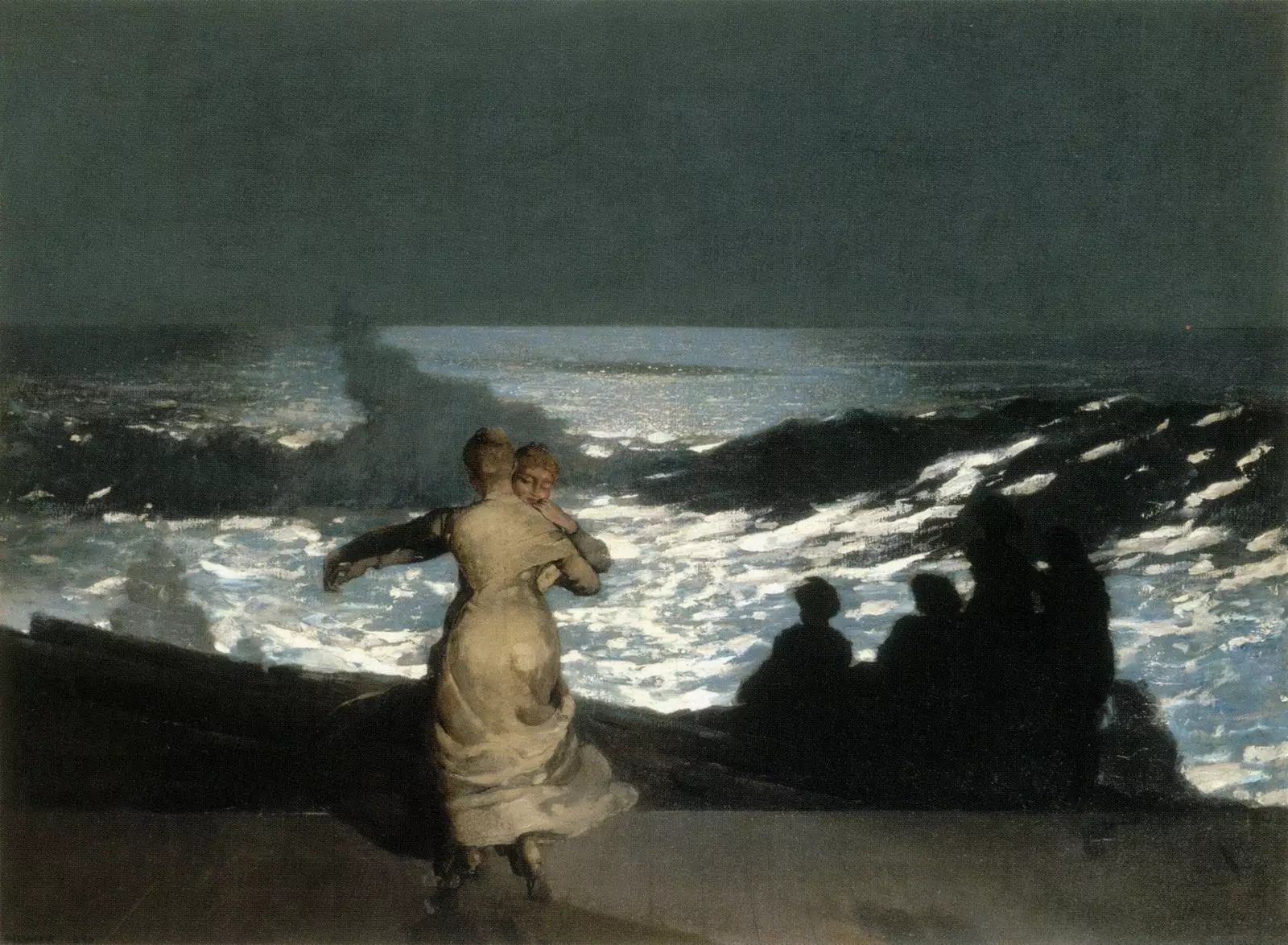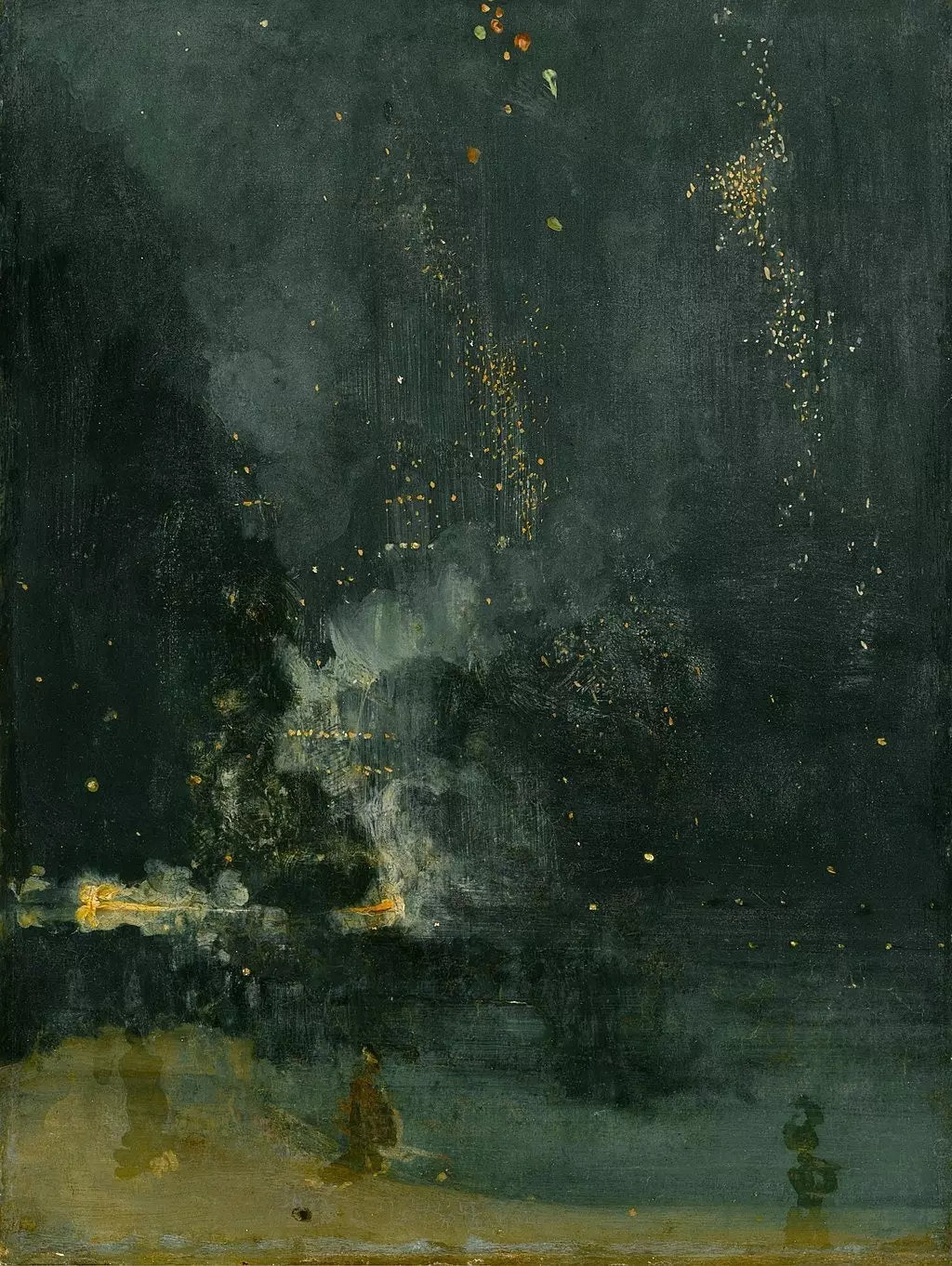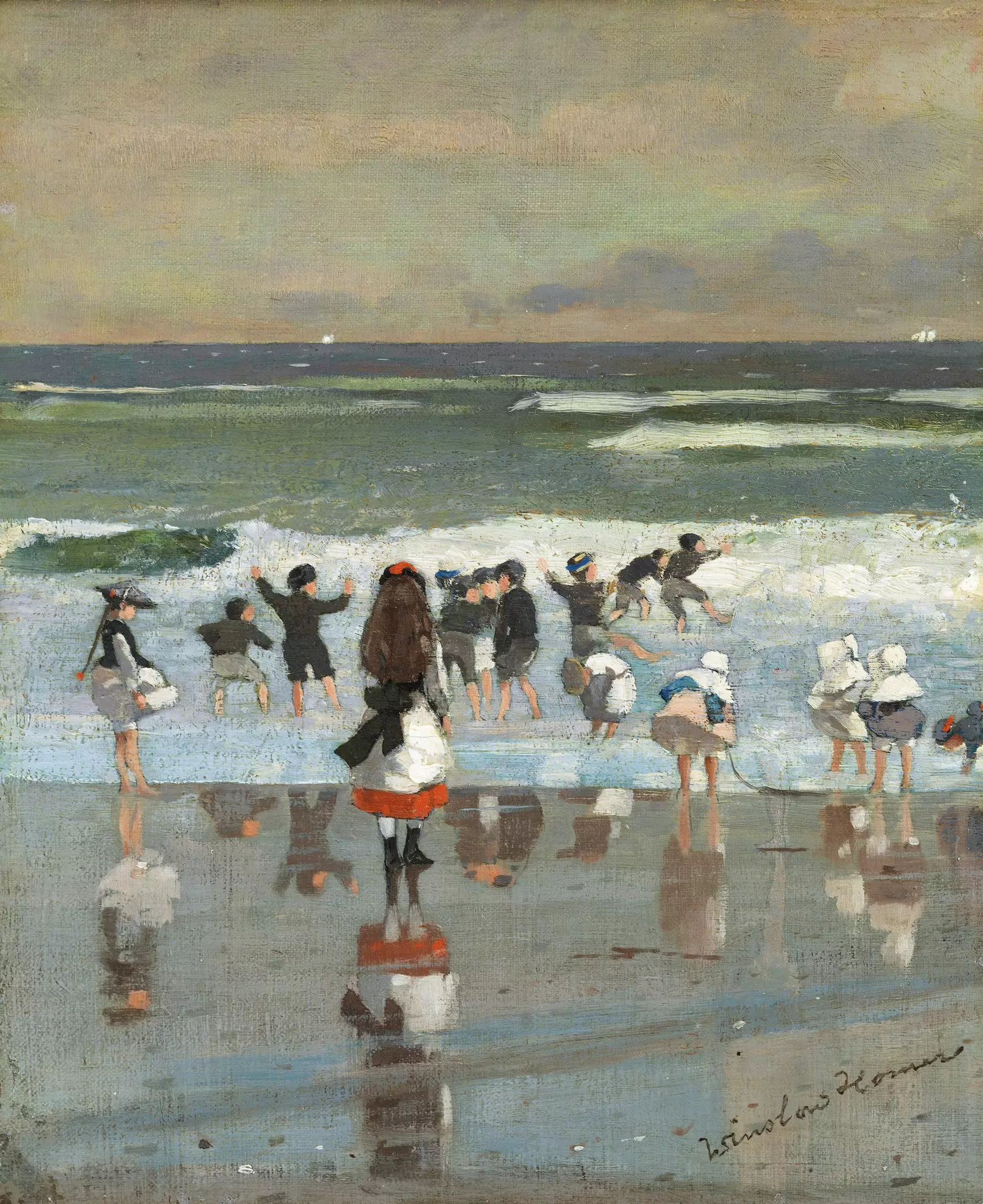
Trip to a painting: 'Midsummer Night', by Winslow Homer
When we try to remember a moment, the starting point is not usually an image. The visual is complex . It contains a multitude of elements that need to be adjusted. Therefore, it is not surprising that we come to a sound, tone, or sensation . From there we build the rest, and for that we make use of synesthesia.
Synesthesia transfers impressions from one sense to another. "Perfumes, colors and sounds respond to each other," he said. Baudelaire . In memory, perception converses and confuses until discordant notes are eliminated.
Let's say a summer night by the sea . If we close our eyes, it is possible that first comes the sound of the waves. To this is added a reflection, the warm and humid air, the touch of sand, rock, or the taste of beer. The result could be similar to the work he painted Winslow Homer in 1890 . It is the New England sea, but why not Jávea or Formentera?
The balcony of Winslow's studio in Prout's Neck, Maine , overlooked the sea. He was able to lean out and see two women dancing under the full moon. The night had become a genre. Whistler had painted fireworks over a harbor . Chopin composed expressive and lyrical pieces that he titled 'nocturnes'.

Whistler's 'Nocturnes'
On the canvas, the night demands to create sources of light . Winslow illuminates the dancing women with electric, or gas, lighting from the front. The sea is covered with metallic and bluish notes. In the background, at the right angle, on the horizon line, a red dot indicates the presence of a lighthouse.
Someone plays a popular, melancholy song. The women dance lost in thought, with their eyes closed . Beyond, a group stands out in the shadows. They contemplate the sea, oblivious to the music. The notes are lost under the sound of the waves, in the density of the air. The contrast adds to the sound.
The two planes move away, but remain united by the movement. The women turn, embracing . Their dresses ripple in response to the flow of the waves. The sea is calm, but not static. The reflections mark a rhythm in which a musical tone vibrates. The flash of the headlamp signals a proper rotation.
Seeing the work in the gallery Reichard of New York , reminded someone of a song of the time: Buffalo Gals. “ Buffalo girls, come tonight and we'll dance in the moonlight." she said. It was not sold. The critics thought that the women introduced a vulgar note in the scene.
No wonder Winslow Homer's realism provoked such a reaction. . Years before, the writer Henry James stated that the artist's criteria for choosing subjects was not pictorial. He had trained as an illustrator. He worked for the magazine Harper's Weekly . He covered the Civil War in the southern states, and there he put together a visual chronicle of the end of slavery . Like Millet in France, he painted the worker: fishermen, gamekeepers, sailors. Sometimes, beach scenes and children's games.
He was looking for sincerity and said he had no teacher . Ten years after the New York show, he sent Midsummer Night to the World's Fair in Paris. The work was awarded the gold medal and acquired by the French government. The last decade of the 19th century had transformed the vision of a public that discovered the cinematograph of the Lumiere brothers and a new artistic language: the symbolism . Without a doubt, the members of the jury appreciated from a new perspective the rotating, luminous and dreamy impulse, as well as the suggestion of movement that Homer had proposed.
Summer Night is exhibited at the Musée d'Orsay in Paris.

'Beach Scene', Winslow Homer
